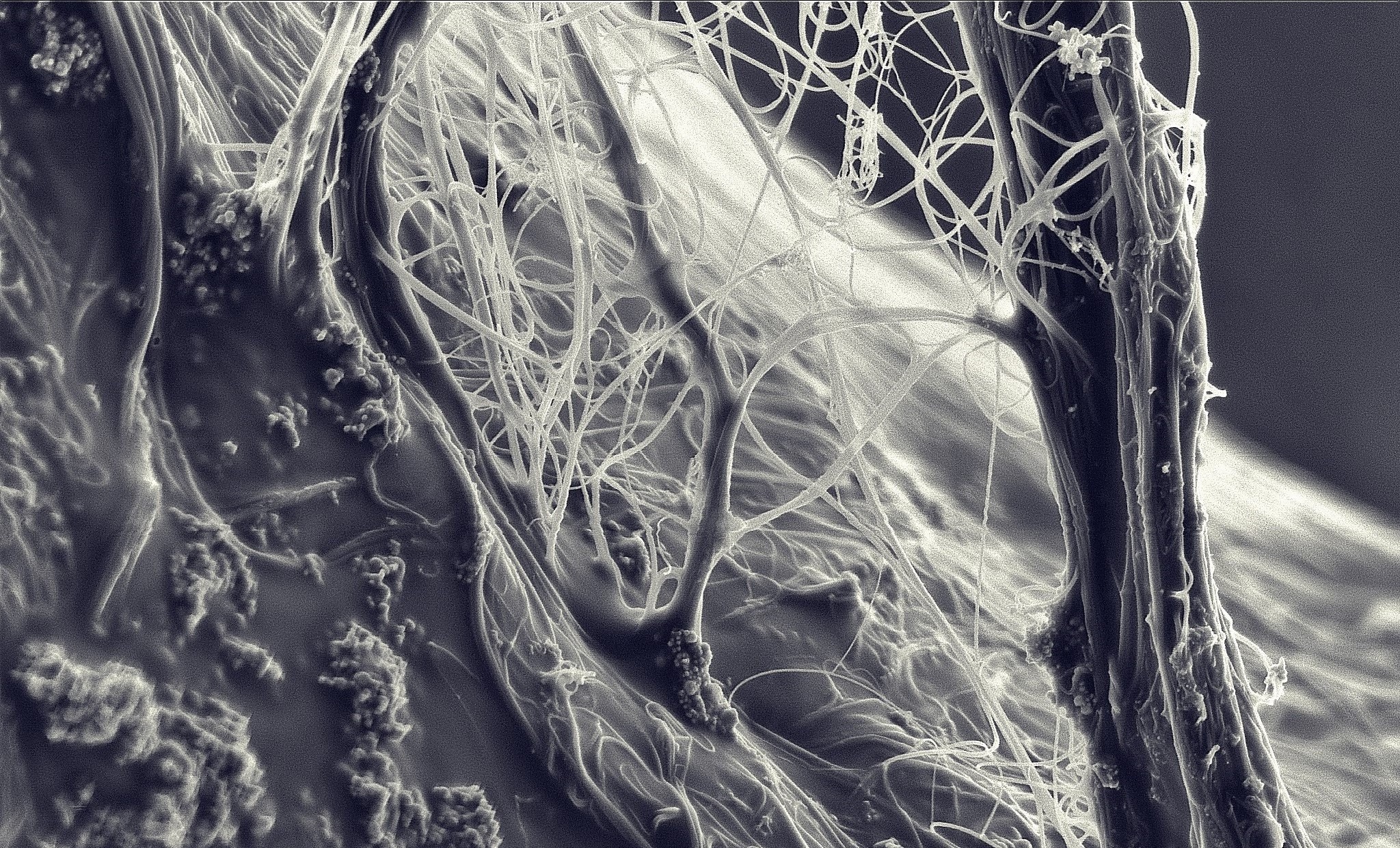
Background
Carbon nanotubes, including single-wall nanotube (SWNT), multi-wall nanotube (MWNT) and carbon nanofibers (CNFs), have recently received a great deal of attention in the polymer community. Efforts have been undertaken to develop super-tough composite materials based on carbon nanotubes and polymer matrices. For example, one study has demonstrated the super-tough performance of polyvinyl alcohol (PVA)/single wall carbon nanotube (SWNT) nanocomposite fibers. Dalton et al., ?Super-tough Carbon-Nanotube Fibres _Nature_ (2003), Vol. 423, p. 703. These nanostructured materials have been recognized for their superior mechanical strength, excellent thermal conductivity and electrical conductivity and may be utilized to improve the properties of various polymers.
Technology
Researchers at Stony Brook University developed unique synthetic techniques for modification of carbon nanofibers where aliphatic linkers of tailored length are covalently bonded to the carbon nanofiber surface. The said modified carbon nanofibers become compatible with polyolefins, such as polyethylene, polypropylene, ethylene propylene copolymers and ultrahigh molecular weight polyethylene, and can be dispersed at the molecular level in the composite mixtures. The nanocomposites of polyolefin/modified carbon nanofiber can be meltspun or gel spun into fibrous form, and melt cast or gelcast into film form with improved mechanical and electrical properties as well as improved fire retardation quality.
Advantages
- The technology is suitable for the surface modification of carbon nanofibers with oligomeric aliphatic linkers of tailored strength - The said modified carbon nanofibers become compatible with polyolefins, including polyethylene, polypropylene, ethylene propylene copolymers and ultra high molecular weight polyethylene - Surface modification process and subsequent compounding can be implemented using standard melt mixing or solution mixing equipment - Improved mechanical and electrical properties as well as improved fire retardation quality of polyolefin/modified carbon nanofiber
Application
- Can be formed and utilized in the design, development and creation of new fibers and films. - Surface modification of carbon nanofibers with oligomeric aliphatic linkers of tailored strength - Can be used to produce both fibers and films having enhanced mechanical and electrical properties, especially the elongation-to-break ratio and the toughness of the fibers and/or films
Inventors
Benjamin Chu, Distinguished Professor, Chemistry
Benjamin Hsiao, Distinguished Professor, Chemistry
Licensing Potential
Development partner,Commercial partner,Licensing
Licensing Status
Available for license.
Licensing Contact
Donna Tumminello, Assistant Director, Intellectual Property Partners, donna.tumminello@stonybrook.edu, 6316324163
Patent Status
Patented
7652084
Tech Id
7695
